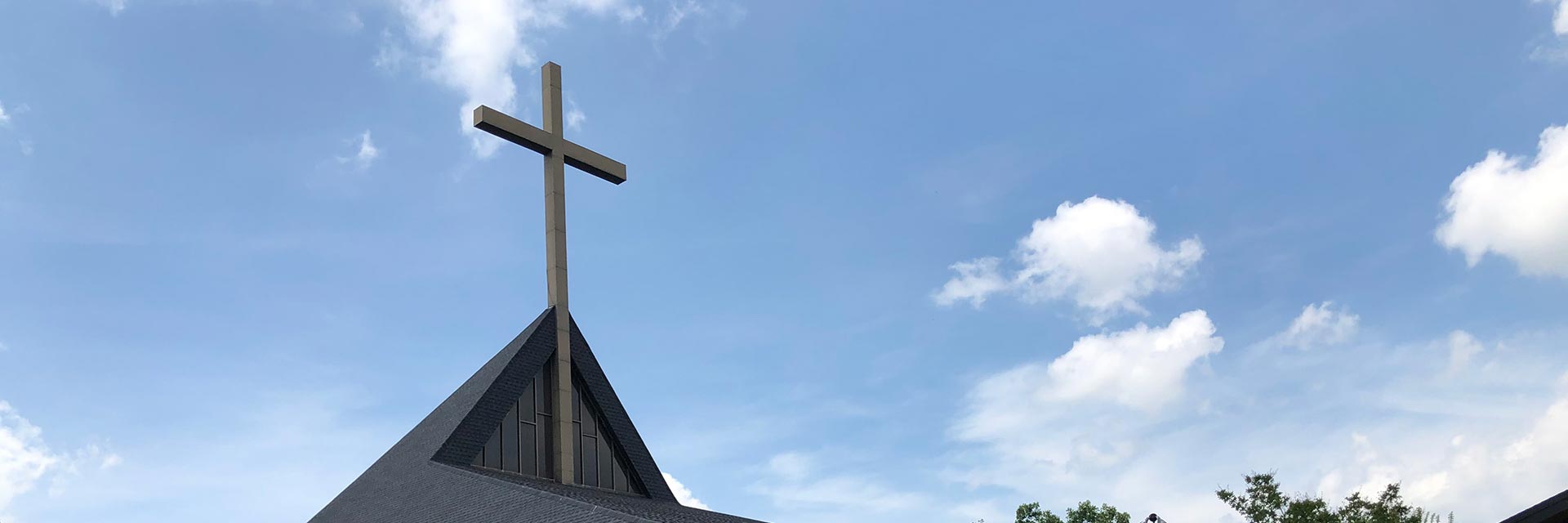FUPC has a classical labyrinth on the grounds, built by Shelby Smith as an Eagle Scout project. This is a perfect time to get to know the labyrinth as a spiritual experience.
The classical labyrinth is an ancient symbol that has been used for thousands of years as a tool for spiritual exploration and personal growth. It is a circular pattern made up of a single, winding path that leads to a center point, and then back out again. This design has been found in many cultures throughout history, from ancient Greece and Rome to pre-Columbian America.
The labyrinth has long been associated with the journey of the soul, and its winding path is often seen as a metaphor for the twists and turns of life. In this way, walking the labyrinth can be a powerful tool for self-reflection and meditation. The act of walking the path, step by step, allows the walker to slow down and focus on the present moment, while also providing a space for contemplation and introspection.
Time for the spirit
It’s important to take time for reflection and contemplation. Walking the labyrinth encourages contemplation. It is a multi-sensory experience that can bring new meaning to a simple prayer or song. It can be especially powerful for people with a kinesthetic learning style. Listening to a sermon or watching a service rely on the more common visual and auditory styles of learning, while the physical movement of walking the labyrinth can reach people in other ways.
Historically, walking a labyrinth has been part of — or even a substitute for — a pilgrimage. You can think of the walk to the center asa movement toward God. Reaching the center is a symbol of union with Christ. The walk back out is a time to integrate spiritual insights with your daily world.
Visit the FUPC labyrinth. Traditionally, one person at a time walks the labyrinth. The playlist below, provided by Music Director Isaac Thomas, will provide meditative music to add to the experience.


